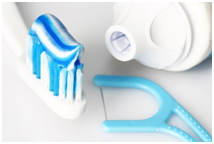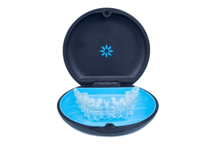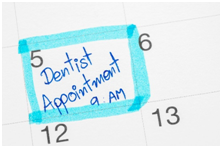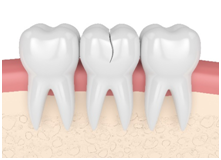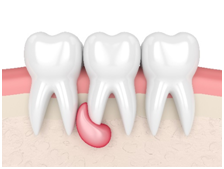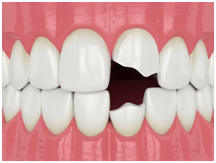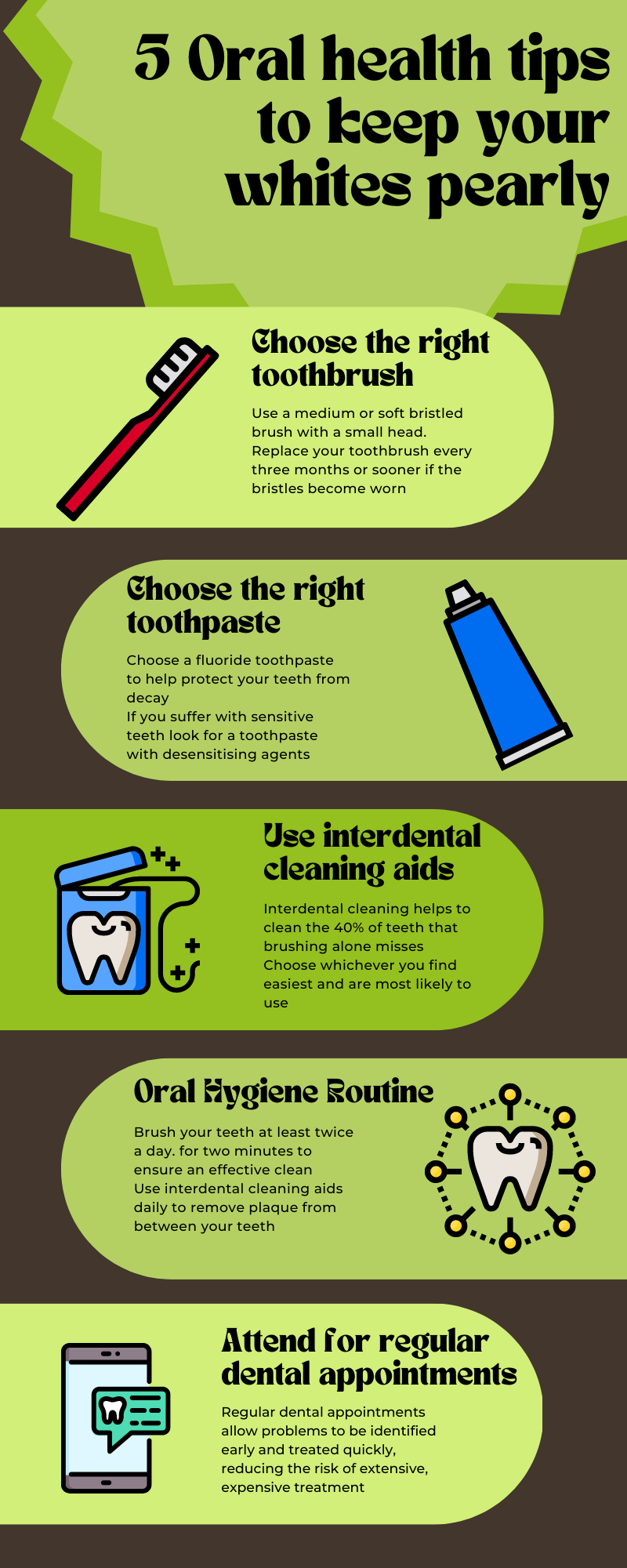Over the past few years there has been a dramatic increase in the number of people turning to facial aesthetics treatments to help them grow old gracefully.
Here at Maidstone Dental & Implant Centre, we are please to be able to offer you a wide range of facial aesthetics treatments.
Anti-wrinkle Treatments
Wrinkle reduction treatment after a thorough consultation, may help to relax the muscles under the skin so that when you frown or smile, the treated muscles stay relaxed and do not crease the skin. Wrinkle reduction can be used to help improve the appearance of lines on the forehead, round the eyes and eyebrows and in the neck area.
Dermal Fillers
Looking for a treatment that provides younger looking skin in as little as an hour? Dermal fillers are a popular and versatile treatment, that plumps, volumizes and lifts the skin leaving it smooth, contoured, and youthful.
Lip Enhancement
Lip enhancement treatment is a non-surgical cosmetic treatment procedure aimed at improving the appearance of your lips by adding shape, structure and volume to them. Lip enhancement treatment is a popular treatment which improves your appearance and boosts your self-esteem.
Nose Reshaping
Non-surgical nose reshaping has become popular in the last 10 years due to the cost and lengthy recovery times required for surgical nose jobs.
Non-surgical Rhinoplasty also known as nose reshaping is a medical procedure which involves the altering or reshaping of the nose with injectable fillers. By filling in depressions, smoothing out sharp angles and improving the symmetry of the nose, these injectable fillers can give it a more streamlined appearance without surgery.
Pdo Thread Therapy
PDO Thread Therapy is an effective cosmetic procedure that aims to reduce or tighten sagging skin tissues particularly around the neck, jawline, cheeks and nose to mouth folds and the brow areas.
Belkyra Double Chin Treatment
Belkyra- double chin treatment may be suitable for you if you are unhappy, self-conscious, or embarrassed about fat under the chin area, which is also known as submental fullness. Also, if you feel you look older with your sagging chin and don’t want to undergo surgery this may be a suitable treatment for you.
Obagi
Obagi is a professional skin care system that can help to protect and preserve youthful looking skin and correct visible signs of ageing. It is never too early to start taking care of your skin. By protecting your skin from sun damage and other environmental conditions you can take a proactive approach to prevent future skin problems before they arise.
Microneedling
Microneedling uses a dermaroller with very fine needles to puncture the top layers of the skin on the face. This slight injury to the skin helps to promote the skin’s own production of new collagen and skin tissue, helping to give your skin a smoother, firmer, and more toned appearance. Microneedling can be used to help improve the appearance of scars, wrinkles and large pores.
Skin Peels
Skin peels are a fantastic way of treating a range of conditions including wrinkles, scarring, acne, sun damage and pigmentation. They can also help to refresh tired looking skin. Skin peels work through the upper layers of the skin, right down to the lower levels of the epidermis. This helps to give more dramatic, longer lasting results.
If you would like to find out more information about facial aesthetics treatments or to book a consultation appointment please call Maidstone Dental & Implant Centre on 01296 712264. Invest in your skin, it is going to represent you for a very long time!




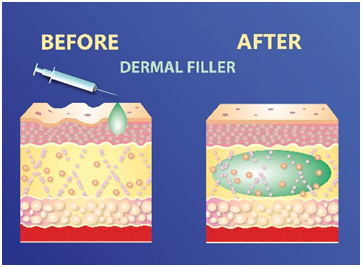
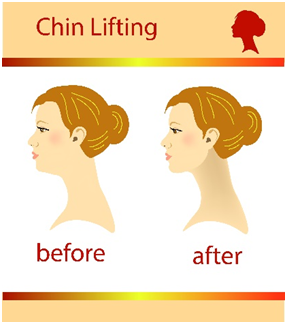
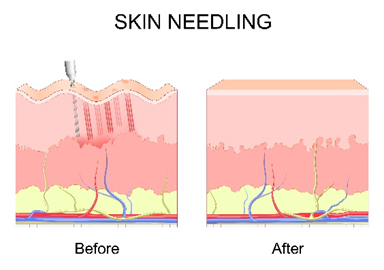

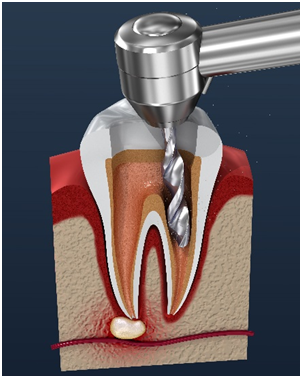
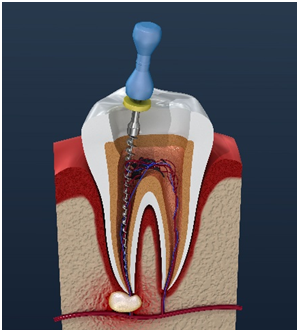
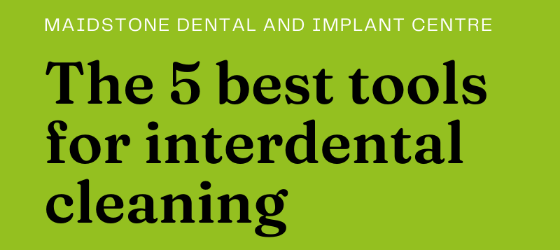
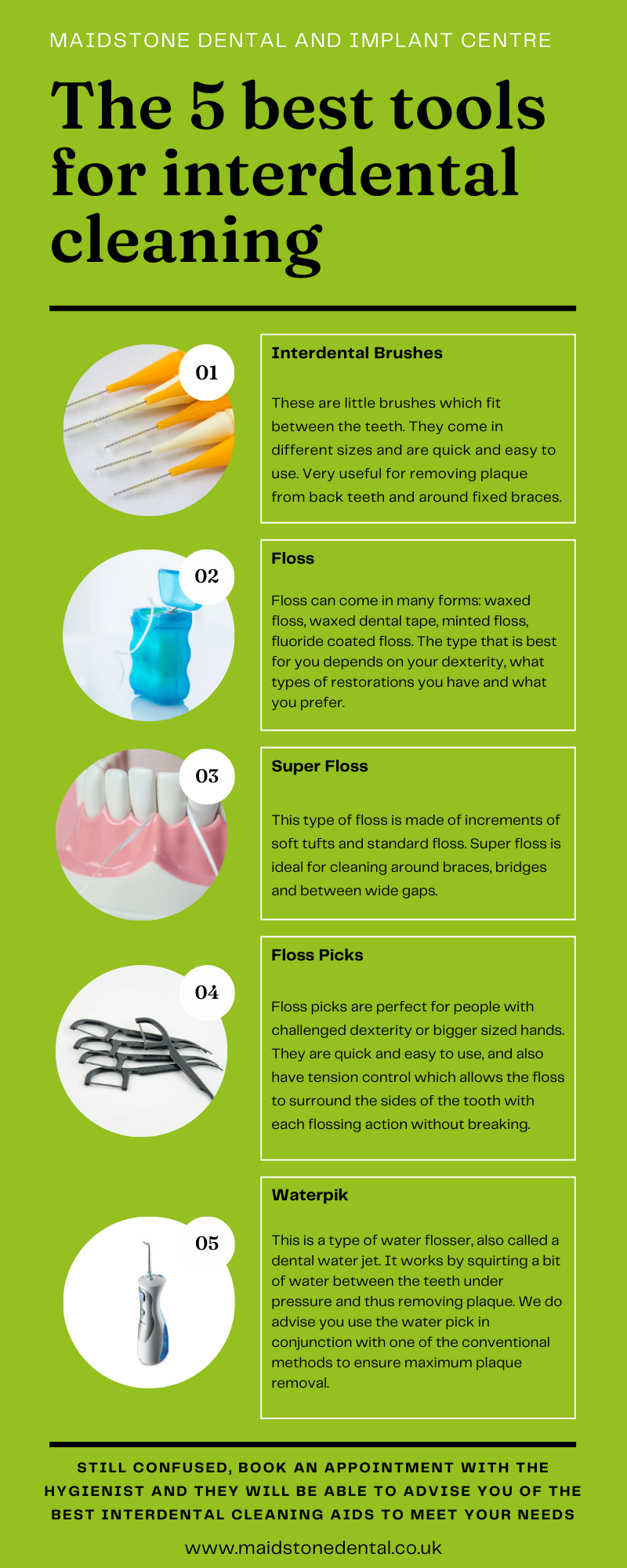





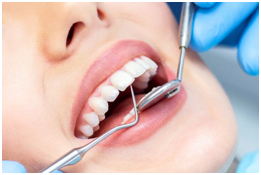

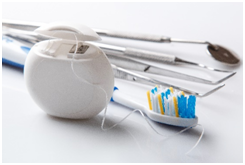

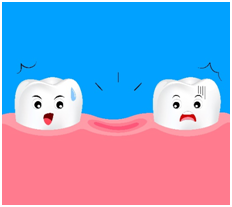
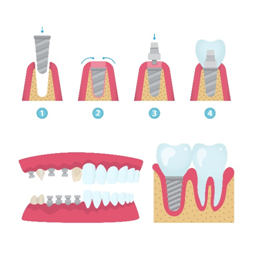
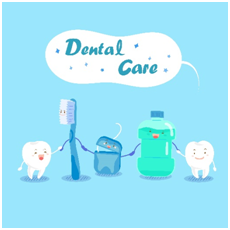 properly cared for. Cleaning around the teeth attached to the implants should be no more difficult than cleaning your natural teeth.
properly cared for. Cleaning around the teeth attached to the implants should be no more difficult than cleaning your natural teeth.

